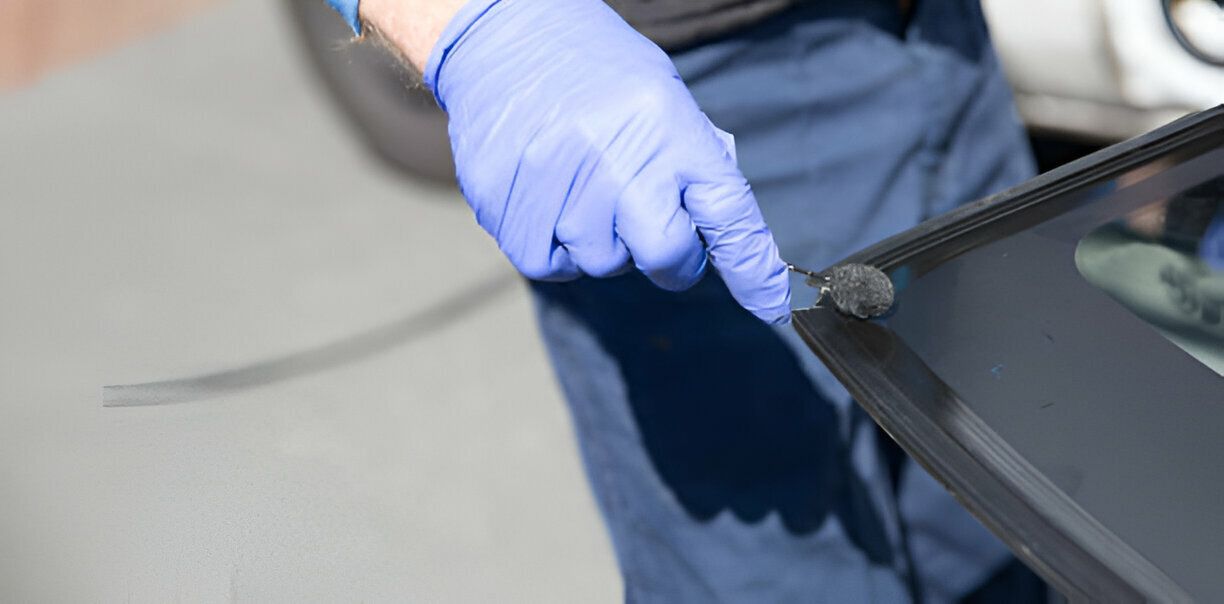Lead exposure remains a significant concern in homes, especially those built before 1978, when lead-based paint was common. While lead is no longer used in household paints, its residue can still linger in dust and settled surfaces, posing serious health risks, particularly to children and pregnant women. A practical step toward identifying this invisible hazard is using a lead dust test kit.
In this post, we’ll explore a lead dust test kit, how it works, what it can uncover about your home, and how to interpret the results.
Why Lead Dust Is a Serious Indoor Health Concern
Lead dust doesn’t just appear on its own; it often results from the deterioration of lead-based paint or renovations that disturb painted surfaces. This dust can settle on floors, windowsills, and other surfaces, becoming a hidden threat to anyone living in the space.
Health Risks of Lead Exposure
Even low levels of lead exposure can cause long-term health effects, especially in children. These include:
- Developmental delays
- Learning difficulties
- Behavioral problems
- Lower IQ
- Attention disorders
In adults, lead exposure may lead to:
- High blood pressure
- Kidney damage
- Nervous system issues
- Reproductive problems
The most troubling part? Lead dust is usually invisible, and exposure often goes unnoticed until health problems arise.
Where Lead Dust Is Typically Found
Homes built before the 1978 federal ban on consumer use of lead-based paint are the primary risk zones. However, lead dust can also be introduced through:
- Renovation and remodeling activities
- Contaminated soil tracked inside
- Old painted furniture or imported toys
This makes routine testing an important part of maintaining a safe indoor environment.
What Is a Lead Dust Test Kit?
Now that we’ve covered the “why,” let’s focus on the “how.” A lead dust test kit is a tool designed to help homeowners, renters, and property managers determine if lead is present on surfaces inside the home.
Components of a Test Kit
Most kits come with:
- Sample collection wipes or swabs
- Sample containers or bags
- Instructions for use
- Labels for identifying sample locations
- Prepaid envelopes or forms for lab submission (for kits that require lab analysis)
Some kits are designed for instant results at home, while others must be sent to certified laboratories for accurate measurements.
How the Kit Works
Using the kit involves wiping down a specific surface, such as a windowsill or floor, with the supplied materials. The sample is then either:
- Analyzed on the spot using color-change chemicals
- Mailed to a laboratory that tests for lead levels in micrograms per square foot
Lab-based results are more accurate and may meet local housing or environmental standards.
When and Where to Use a Lead Dust Test Kit
Understanding when to use these kits is as important as knowing how they work.
Recommended Testing Times
- Before moving into an older home
- After remodeling or repainting older surfaces
- During routine safety checks in rental properties
- If a child in the household tests positive for elevated blood lead levels
- Before bringing used painted furniture or toys into the home
These moments can significantly raise the likelihood of lead dust exposure, making testing essential.
High-Risk Areas for Testing
Lead dust tends to accumulate in certain areas more than others. Consider focusing your testing on:
- Window sills and troughs
- Floor areas near entryways
- Baseboards and molding
- Porches or stair railings in older homes
These spots often see wear and tear, and they’re frequently overlooked during everyday cleaning.
Interpreting Lead Dust Test Results
Once your samples are collected and tested, understanding the results is key to appropriate action.
Understanding the Thresholds
The U.S. Environmental Protection Agency (EPA) has set the following hazard standards for lead in dust:
- 10 micrograms per square foot (µg/ft²) for floors
- 100 µg/ft² for windowsills
The area is considered a lead hazard if test results exceed these thresholds.
What to Do If Lead Is Detected
If your lead dust test kit confirms unsafe levels, don’t panic — but do act quickly.
- Avoid sweeping or vacuuming, as this may spread dust particles.
- Use wet-cleaning methods to reduce surface dust.
- Seal or repaint affected areas using lead-safe methods.
- Contact a certified lead abatement professional for large-scale remediation.
Children and pregnant individuals should avoid spending time in the affected areas until the hazard is resolved.
Limitations and Best Practices
While lead dust test kits are powerful tools, they have limitations and should be used wisely.
Not a Substitute for Comprehensive Inspection
A kit can identify the presence of lead in dust on specific surfaces, but it won’t detect lead in:
- Soil
- Water
- Painted layers beneath the surface
A comprehensive home lead inspection may be warranted if you suspect broader contamination.
Always Follow Instructions Precisely
Test accuracy depends heavily on proper sample collection. Make sure to:
- Use clean gloves
- Follow the wiping techniques as described in the instructions
- Label each sample correctly
- Avoid cross-contamination between surfaces
If the kit includes lab analysis, prompt shipping is essential for reliable results.
Conclusion
A lead dust test kit is invaluable for safeguarding your home against an often invisible threat. By identifying the presence of harmful lead dust on surfaces we come into contact with daily, these kits empower homeowners and renters to take meaningful steps toward healthier living spaces.
Whether moving into an older home, renovating, or simply being proactive, understanding what these kits can reveal helps you make informed decisions that protect your family’s well-being. Lead hazards may be silent, but with the right tools and knowledge, they don’t have to go unnoticed.
